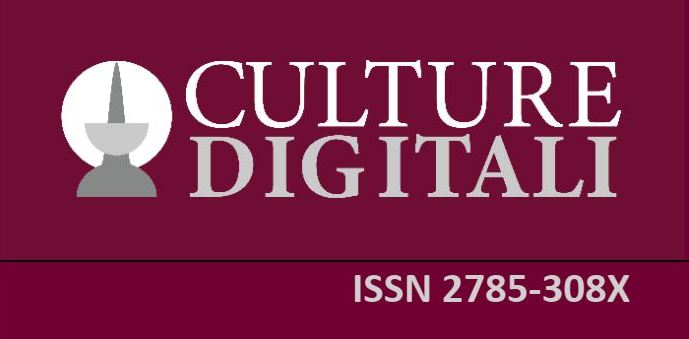Di Giuliana Guazzaroni
Abstract
Nell’epoca odierna la fruizione del patrimonio artistico-culturale è un diritto della Dichiarazione Universale dei Diritti Umani (art. 27, 1948) che appartiene a ogni cittadino del mondo[1]. Questo sancisce la piena accessibilità alla ricchezza della cultura e l’ingresso a una sempre più ampia quantità di utenti. Questa esigenza spesso motivata da istanze economiche, assume una valenza etico-sociale ed è stata prontamente accolta dagli ambienti artistico- intellettuali per il bisogno di riadattare la visione dell’arte alla complessità della realtà contemporanea [2]. Parole recentissime come “multisensorialità”, “accessibilità” ricorrono frequentemente nel lessico artistico, nelle esposizioni, nelle gallerie, nei musei, nelle mostre di pittura ecc. Di seguito l’arte si è liberata dal confine in cui era relegata: l’approccio multisensoriale ha di fatto spazzato via il pregiudizio dell’approccio visivo: l’arte si guarda. Ciò ha permesso di captare un bacino di utenti finora, pressoché, escluso: quello delle persone con disabilità. Ancora ha avuto il vantaggio di costituire un valore estetico aggiunto, poiché i capolavori, una volta solo ammirati, ora svelano invisibili sfaccettature intrinseche[3]. Suoni, profumi, contatti e tecniche multimediali quali la realtà virtuale (VR) e la realtà aumentata (AR) con i nuovi mezzi tecnologici, vengono alla ribalta e suggeriscono sensazioni diverse, alla portata di tutti.
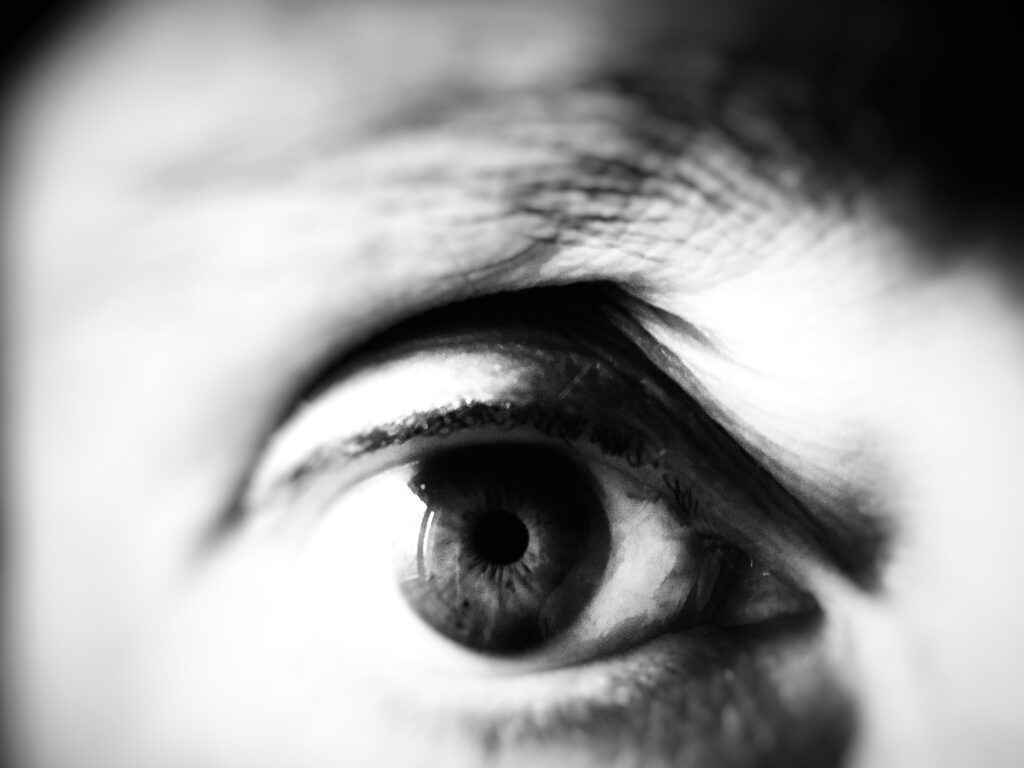
Nowadays, artistic and cultural heritage is a right of the Universal Declaration of Human Rights (art. 27, 1948) applicable to every citizen all over the world. It establishes full accessibility to the richness of culture and heritage. This need assumes an ethical-social value and has been promptly accepted to readjust the vision of art to the complexity of contemporary reality. Very recent words such as “multisensory”, “accessibility” frequently recur in the artistic lexicon, in exhibitions, galleries, museums etc. Subsequently, art freed itself from the boundary where it was relegated: the multisensory approach has effectively swept away the prejudice of the visual approach: art is looked at. As a consequence, an almost excluded audience has been included: namely people with disabilities. Moreover, this approach to heritage presents the advantage of representing an added aesthetic value. The masterpieces, once only admired, now reveal invisible intrinsic facets. Sounds, scents, contacts and multimedia techniques such as virtual reality (VR) and augmented reality (AR) with new technological boundaries, suggest different sensations, within everyone’s reach. Recent studies[4] suggest that the visitor with autism spectrum disorder (ASD) is often neglected in museum reception. Families with children with ASD complain that visiting museums often causes great stress. These kids accuse a sense of confusion, overload of stimuli and bewilderment in an unfamiliar environment. The entrance is generally crowded and it does not allow easy access to museums, and families are sometimes forced to abandon the visit. Some precautions should be necessary to prepare a proper environment for this audience. The visit should be well planned and adequately anticipated. The autism spectrum is a pervasive functional disorder of the person inscribed in generalized developmental disorders, neurodevelopmental disorders and communication disorders. A plurality of anomalies and comorbidities, such as intellectual disability, may go with the autistic condition.
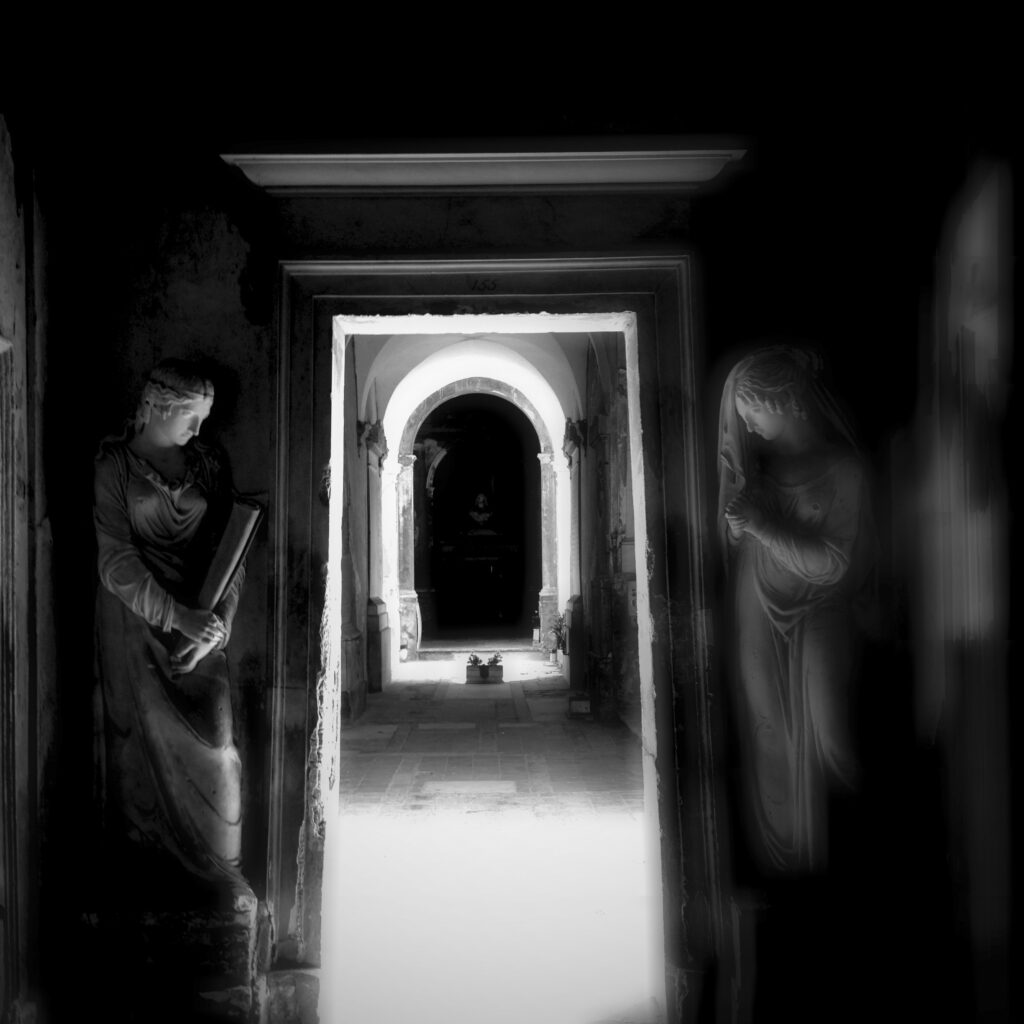
The DSM-5 identifies two fundamental autistic traits:
● Impairment of social interaction and verbal and non-verbal communication;
● Restricted repertoire of activities and interests.
The autistic spectrum is characterized by articulated clinical characteristic. The disorder is generalized to all functional areas of the personality: stereotyped movements, perceptual dysfunctions, emotional disorders, affect disorders, psychic alterations, intellectual disorders, social disorders, language pathologies, absent or abnormal eye contact[5]. Tazi, Vidal and Stein (2015)[6] indicate the need for museums to be more accessible also for this audience in order to promote learning, personal empowerment and social inclusion. For this purpose, the concept of visitor-centered museums has recently appeared[7]. According to Woodruff (2019)[8], the most obvious advantages are: developing the imagination, regulating some sensory functions, expressing one’s emotions, increasing visual-spatial and recreational skills. In fact, some authors argue that the autistic mind consists of three types of attitudes:
1. Thinking in facts;
2. Thinking in patterns;
3. Thinking in pictures[9].

Among these, those who think in images, according to Grandin and Sacks (2006)[10], may be more connected with art. Inclusive art represents a bridge to reveal artistic potential in people with the autism spectrum. Some museums, such as the Metropolitan Museum of Art in New York, have included specific programs aimed at visitors with ASD to ensure they enjoy a positive visit. There are a few museums that have developed special programs with tailor-made materials to reduce anxiety. They generally offer downloadable packages that should be used before the visit. The inclusion of special needs offers a great benefit to museums that adopts these measures because they raise the quality of the visit and enhance learning, offering an opportunity to reflect on themselves and on their own collection[11]. A suitable offer for the audience with ASDs is offered by the Civic Museums of Mantua. They present a “Didactic support to classes with autistic children”[12], characterized by materials designed to anticipate the visit in order to relieve tension. For over twenty years, immersive virtual environments have been studied and developed to be useful for people with ASD (Newbut et al., 2016)[13]. Extended reality (XR) is a real-world simulation based on 3D graphics and electronically processed environments with 360° videos. In this context, extended environments may promote collaboration, and more closely real-life working conditions, building student confidence and preparing them for a future with even more advanced technologies. Digitization has changed the traditional classroom and museum providing high-tech learning environments. Schools are using both technology enhanced and traditional teaching methods to ameliorate the learning and teaching experience. Studies report that XR can be useful for teachers, educators and therapists as it suggests the opportunity to access and interact in a protected (compared to the real world), custom-made and repeatable learning environment[14].

XR may recreate environments, difficult to experience in the real world, to live specific situations and thus intercept the symptoms of certain pathologies: think, for example, of phobias such as arachnophobia; it would be particularly difficult to “immerse” a patient in an environment infested with spiders[15]. Therefore, XR allows people to experience environments that are hard to recreate in a classroom or in a traditional museum. In fact, it is possible to get a user accustomed to a change of environment, by reconstructing it within virtual worlds, as in the case of a student who, having to visit an art gallery, would experience the new space as a trauma. The Independent in an article reports the benefits that VR is able to offer to students with ASD, helping them to fit in and overcome perceptual and social barriers[16]. VR technology may offer a valid support for education.
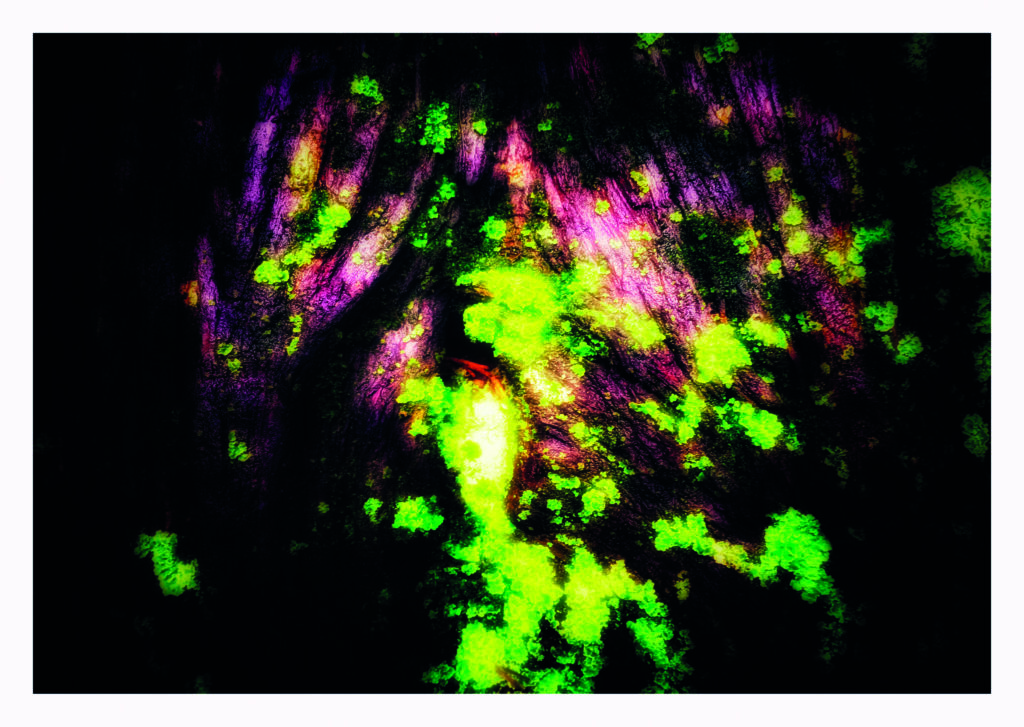
According to Aiello et al. (2012)[17], VR facilities may enhance a sensomotorial activity in learning. VR lets students enter a possible virtual world. Sastry and Boyd (1998)[18] say that a virtual environment offers a high level of presence when students can ‘select, move and manipulate objects naturally’. Consequently, performing in a virtual environment makes users feel present in that VR setting. Concrete examples are experimental but they are rapidly expanding in many places all over the world. In these projects, subjects with special needs become the main actors. Most proposals show that boys and girls with the ASD often love heritage as they may enjoy a quiet and conciliatory atmosphere capable of alleviating the anxieties they often live with. For those with ASD, getting to know a work of art is technically possible with innovative methods. Within a place devoted to art and heritage, recognizing people, receiving and giving a greeting, a smile, creates empathy. And this is life.
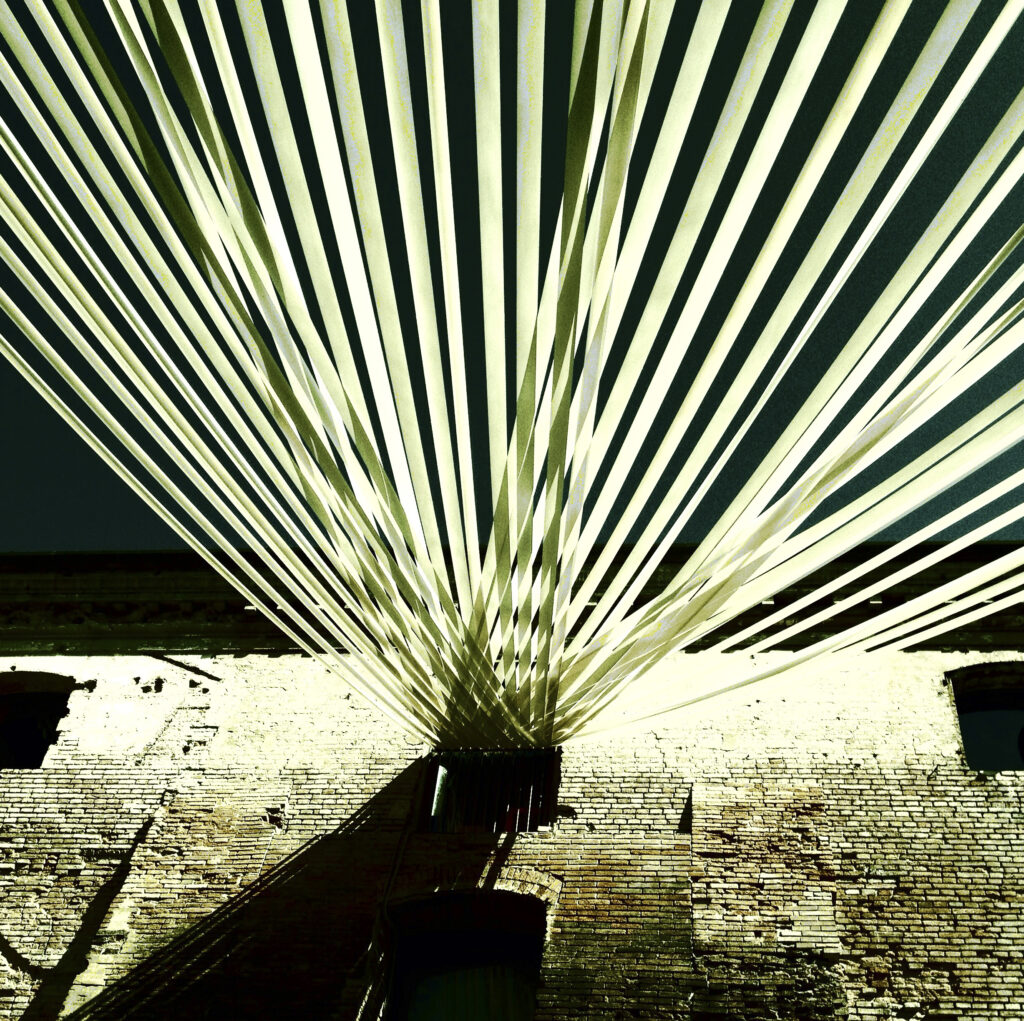
[1] Articolo 27 della Dichiarazione Universale dei Diritti Umani:Ogni individuo ha diritto di prendere parte liberamente alla vita culturale della comunità, di godere delle arti e di partecipare al progresso scientifico ed ai suoi benefici.
[2] Grassini A., “L’accessibilità: la via maestra verso un’arte nuova”, in G. Cetorelli, M. R. Guido (a cura), Il patrimonio culturale per tutti. Fruibilità, riconoscibilità, accessibilità, edito nella Collana “Quaderni della Valorizzazione”, Nuova serie, n. 4, Direzione generale Musei, 2017, p. 77. Ivi, pp. 74-76.
[3] Grassini A., “L’accessibilità: la via maestra verso un’arte nuova”, in G. Cetorelli, M. R. Guido (a cura), Il patrimonio culturale per tutti. Fruibilità, riconoscibilità, accessibilità, edito nella Collana “Quaderni della Valorizzazione”, Nuova serie, n. 4, Direzione generale Musei, 2017, p. 77, pp. 74-76. Ivi p. 81.
[4] Woodruff A. W. “Finding Museum Visitors with Autism Spectrum Disorders: Will Art Help In The Search?”, in Museum and Society, v. 17, n. 1, p. 83-97, 2019: https://journals.le.ac.uk/ojs1/index.php/mas/article/view/2586
[5] Crispiani P., Ippocrate Pedagogico. Manuale professionale di Pedagogia speciale della Abilitazione e Riabilitazione, Chiaravalle, Istituto Itard, 2019, p. 47, pp. 19-20, pp. 20-22, p. 50. Ivi, pp. 60-70.
[6] Tazi T., Vidal H., Stein K., “Arte Juntos/ art together: Promoting school readiness among Latino children through parent engagement and social inclusion in a suburban museum”, in Museum & Society, 13 (2) 158-171, 2015.
[7] Simon N.,The Participatory Museum, Santa Cruz, CA: Museum 2.0, 2010.
[8] Woodruff A. W. “Finding Museum Visitors with Autism Spectrum Disorders: Will Art Help In The Search?”, in Museum and Society, v. 17, n. 1, p. 83-97, 2019.
[9] Grandin T. e Sacks O., Thinking in Pictures: And other Reports from my Life with Autism, New York, NY: Vintage Books, 2006.
[10] Grandin T. e Sacks O., Thinking in Pictures: And other Reports from my Life with Autism, New York, NY: Vintage Books, 2006. Op. cit.
[11] Woodruff A. W. “Finding Museum Visitors with Autism Spectrum Disorders: Will Art Help In The Search?”, in Museum and Society, v. 17, n. 1, p. 83-97, 2019. Op. cit.
[12] Supporto didattico alle classi con bambini autistici: http://www.palazzote.it/index.php/it/supporto-didattico-alle-classi-con-bambini-autistici
[13] Newbutt N., Sung C., Kuo H.-J., Leahy M., Lin C.-C., Tong B., “Brief Report: A Pilot Study of the Use of a Virtual Reality Headset in Autism Populations”, in Journal of Autism and Developmental Disorders, 46, 2016: https://www.ncbi.nlm.nih.gov/pubmed/27272115
[14] Guazzaroni, G. e Pillai A. S., “Virtual reality (VR) for school children with autism spectrum disorder (ASD): A way of rethinking teaching and learning” in Giuliana Guazzaroni (editor), Virtual and Augmented Reality in Mental Health Treatment, Hershey, PA, IGI Global, 2019, pp. 141-142.
[15] Botella, C., Fernández-Álvarez, J., Guillén, V., García-Palacios, A., & Baños, R., “Recent Progress in Virtual Reality Exposure Therapy for Phobias: A Systematic Review”, in Current Psychiatry Reports, 19 (7), 2017.
[16] Catren N. R., “Virtual reality may be a help to autistic children in the classroom” in The Independent del 12/04/2017: https://www.independent.co.uk/news/science/virtual-reality-may-be-a-help-to-autistic-children-in-the-classroom-a7676391.html
[17] Aiello, P., D’Elia, F., Di Tore, S. & Sibilio, M. (2012). A constructivist approach to virtual reality for experiential learning. E-Learning and Digital Media, 9(3), 317-324.
[18] Sastry, L., Boyd, D. R. S. (1998). Virtual environments for engineering applications. Virtual Reality, 3, 226-234.
